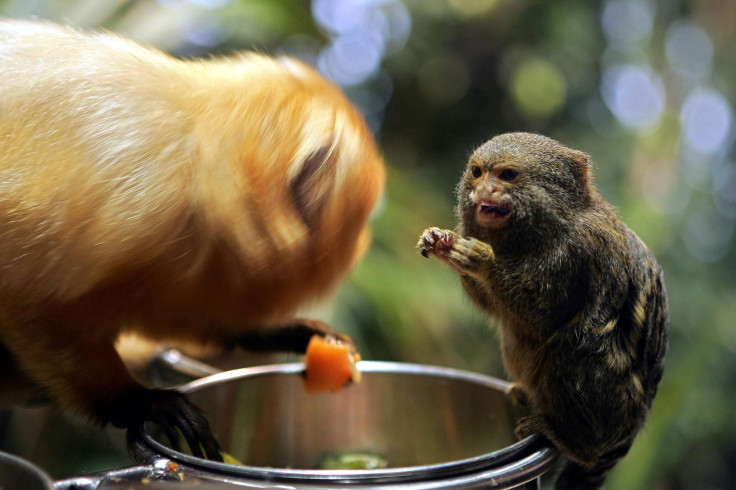Marmosets Can Understand Conversations Between Other Monkeys: Research
KEY POINTS
- Researchers used playbacks of vocal exchanges between marmosets and calls of animals not involved in an interaction
- Marmosets' responses to call interactions were significantly different from responses to individual calls
- Scientists used thermal imaging to measure temperature changes in marmosets' faces
Marmosets can understand interactions between other monkeys and interpret vocal interactions as coherent conversations, according to new research.
Scientists from the University of Zurich used thermal imaging to measure temperature changes in the faces of marmosets and to quantify subtle emotional responses.
“We were able to use this technique to show that the marmosets did not perceive the vocal interactions between conspecifics as the mere sum of the single call elements but rather perceived them holistically, as a conversation,” said first author Rahel Brügger, a Ph.D. candidate in anthropology at the University of Zurich.
In a news release, the university said the researchers used playbacks of vocal exchanges between marmosets as well as calls of individual animals not involved in an interaction. The researchers played the playbacks from a hidden loudspeaker and noted the monkeys’ reactions to various simulations using thermography.
Recordings of an opposite-sex adult interacting with a begging infant were played to 21 adult marmosets, CNN reported. The interactions included making food-offering calls or aggressive calls. The researchers then played the begging infant, and the adult’s calls back individually.
Brügger said that the response to call interactions was significantly different than the response to individual calls.
The news release explained that an animal will show a drop in facial surface temperature, especially the nose, when experiencing an increase in emotional arousal.
The scientists found the change in nose temperature was greater when an interaction was played than the sum of the temperature change when they heard the individual calls, CNN noted. “Marmoset monkeys are thus able to distinguish a dialogue among conspecifics from a pure monologue,” Brügger said.
The researchers also distinguished between cooperative and competitive interactions. After hearing the different interactions, the monkeys were given the opportunity to approach the sources of the sounds. “The researchers observed that the marmosets preferred to approach the simulated conspecifics who had been involved in a cooperative interaction with a third party,” the news release stated.
Last author and professor of anthropology at University of Zurich, Judith Burkart, concluded that the study also adds to the growing evidence that “many animals are not only passive observers of third-party interactions, but that they also interpret them.”

© Copyright IBTimes 2024. All rights reserved.





















